|
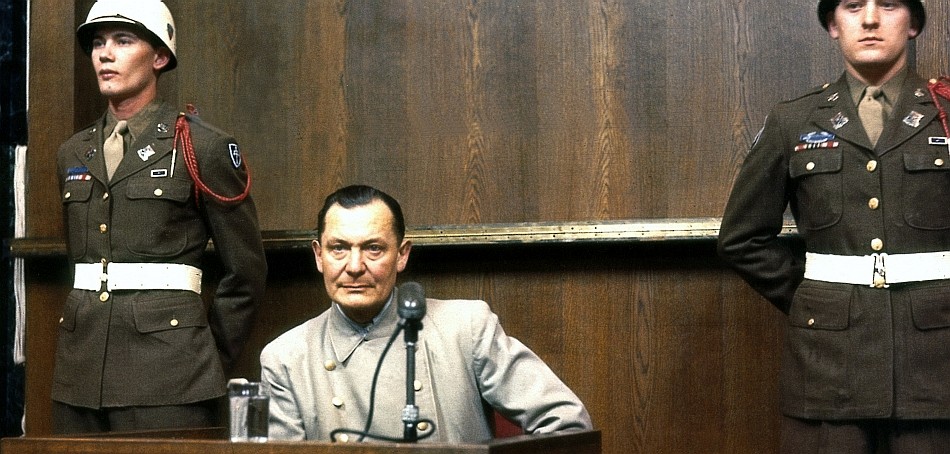
Herman
Goering on trial at Nuremburg
The Nuremberg Trials (German: Die Nürnberger Prozesse) were a series of military tribunals held by the Allied forces under international law and the laws of war after World War II. The trials were most notable for the prosecution of prominent members of the political, military, judicial and economic leadership of Nazi Germany, who planned, carried out, or otherwise participated in the Holocaust and other war crimes. The trials were held in the city of Nuremberg, Germany, and their decisions marked a turning point between classical and contemporary international law.
The first and best known set of these trials were those of the major war criminals before the International Military Tribunal (IMT). They were described as "the greatest trial in history" by Norman Birkett, one of the British judges who presided over
them. Held between 20 November 1945 and 1 October 1946, the Tribunal was given the task of trying 24 of the most important political and military leaders of the Third Reich – though the proceedings of Martin Bormann was tried in absentia, while another, Robert Ley, committed suicide within a week of the trial's commencement.
Adolf Hitler, Heinrich Himmler, Wilhelm Burgdorf, Hans Krebs and Joseph Goebbels had all committed suicide in the spring of 1945 to avoid capture, though Himmler was captured before his suicide.
Krebs and Burgdorf committed suicide two days after Hitler in the same
place. Reinhard Heydrich had been assassinated by Czech partisans in 1942, so he was not included. Josef Terboven killed himself with dynamite in Norway in 1945.
Adolf Eichmann fled to
Argentina to avoid Allied capture, but was captured by Israel's intelligence service the Mossad, convicted of war crimes, and hanged in 1962.
Hermann Göring was sentenced to death but committed suicide the night before his execution as a perceived act of defiance against his captors. Miklós Horthy appeared as a witness at the Ministries trial held in Nuremberg in 1948.
A second set of trials of lesser war criminals was conducted under Control Council Law No. 10 at the U.S. Nuremberg Military Tribunal (NMT), which included the Doctors' trial and the Judges' Trial.
The typification of the crimes and the constitution of the court represented a juridical advance that would be used afterwards by the
United Nations for the development of a specific international jurisprudence in matters of war crime, crimes against humanity, war of aggression, as well as for the creation of the
International Criminal
Court.
British War Cabinet documents, released on 2 January 2006, showed that as early as December 1944 the Cabinet had discussed their policy for the punishment of the leading Nazis if captured. The
British Prime
Minister, Winston
Churchill, had then advocated a policy of summary execution in some circumstances, with the use of an Act of Attainder to circumvent legal obstacles, being dissuaded from this only by talks with US and Soviet leaders later in the war.
In late 1943, during the Tripartite Dinner Meeting at the Tehran Conference, the Soviet leader, Joseph Stalin, proposed executing 50,000–100,000 German staff officers. US President Franklin D. Roosevelt joked that perhaps 49,000 would do. Churchill, believing them to be serious, denounced the idea of "the cold blooded execution of soldiers who fought for their country" and that he would rather be "taken out in the courtyard and shot" himself than partake in any such action. However, he also stated that war criminals must pay for their crimes and that, in accordance with the Moscow Document which he himself had written, they should be tried at the places where the crimes were
committed
Churchill was vigorously opposed to executions "for political purposes." According to the minutes of a meeting between Roosevelt and Stalin at Yalta, on 4 February 1945, at the Livadia Palace, President Roosevelt "said that he had been very much struck by the extent of German destruction in Crimea and therefore he was more bloodthirsty in regard to the Germans than he had been a year ago, and he hoped that Marshal Stalin would again propose a toast to the execution of 50,000 officers of the German Army."
Henry Morgenthau Jr., US Secretary of the Treasury, suggested a plan for the total denazification of Germany; this was known as the Morgenthau Plan. The plan advocated the forced de-industrialisation of Germany and the summary execution of so-called "arch-criminals", i.e. the major war criminals. Roosevelt initially supported this plan, and managed to convince Churchill to support it in a less drastic form. Later, details were leaked generating widespread condemnation by the nation's newspapers. Roosevelt, aware of strong public disapproval, abandoned the plan, but did not adopt an alternative position on the matter. The demise of the Morgenthau Plan created the need for an alternative method of dealing with the Nazi leadership.
The plan for the "Trial of European War Criminals" was drafted by Secretary of War Henry L. Stimson and the War Department. Following Roosevelt's death in April 1945, the new president, Harry S. Truman, gave strong approval for a judicial process. After a series of negotiations between Britain, the US, Soviet Union and France, details of the trial were worked out. The trials were to commence on 20 November 1945, in the Bavarian city of Nuremberg.
Some 200 German war crimes defendants were tried at Nuremberg, and 1,600 others were tried under the traditional channels of military justice. The legal basis for the jurisdiction of the court was that defined by the Instrument of Surrender of Germany. Political authority for Germany had been transferred to the Allied Control Council which, having sovereign power over Germany, could choose to punish violations of international law and the laws of war. Because the court was limited to violations of the laws of war, it did not have jurisdiction over crimes that took place before the outbreak of war on 1 September 1939.
TRIAL & CHARGES
The International Military Tribunal was opened on 19 November 1945 in the Palace of Justice in Nuremberg. The first session was presided over by the Soviet judge, Nikitchenko. The prosecution entered indictments against 24 major war criminals and seven organizations – the leadership of the Nazi party, the Reich Cabinet, the Schutzstaffel (SS), Sicherheitsdienst (SD), the Gestapo, the Sturmabteilung (SA) and the "General Staff and High Command", comprising several categories of senior military
officers. These organizations were to be declared "criminal" if found guilty.
The indictments were for:
- Participation in a common plan or conspiracy for the accomplishment of a crime against peace
-
Planning, initiating and waging wars of aggression and other crimes against peace
-
War crimes
-
Crimes against humanity
The 24 accused were, with respect to each charge, either indicted but not convicted (I), indicted and found guilty (G), or not charged.
The accusers were successful in unveiling the background of developments leading to the outbreak of World War II, which cost at least 40 million lives in Europe alone, as well as the extent of the atrocities committed in the name of the Hitler regime. Twelve of the accused were sentenced to death, seven received prison sentences (ranging from 10 years to life in prison), three were acquitted, and two were not charged.
EXECUTIONS
The death sentences were carried out on 16 October 1946 by hanging using the standard drop method instead of long drop. The U.S. army denied claims that the drop length was too short which caused the condemned to die slowly from strangulation instead of quickly from a broken neck, but evidence remains that some of the condemned men died agonizingly slowly, struggling for 14 to 28 minutes before finally choking to death. The executioner was John C. Woods. Woods had hanged 34 U.S. soldiers during the war, botching several of them. The executions took place in the gymnasium of the court building (demolished in 1983).
Although the rumor has long persisted that the bodies were taken to Dachau and burned there, they were actually incinerated in a crematorium in Munich, and the ashes scattered over the river Isar. The French judges suggested that the military condemned (Göring, Keitel and Jodl) be shot by a firing squad, as is standard for military courts-martial, but this was opposed by Biddle and the Soviet judges, who argued that the military officers had violated their military ethos and were not worthy of death by being shot, which was considered to be more
dignified. The prisoners sentenced to incarceration were transferred to Spandau Prison in 1947.
Of the 12 defendants sentenced to death by hanging, two were not hanged: Martin Bormann was convicted in absentia (he had, unknown to the Allies, died while trying to escape from Berlin in May 1945), and
Hermann Göring committed suicide the night before the execution. The remaining 10 defendants sentenced to death were hanged.
LEGAL PRINCIPLES
The definition of what constitutes a war crime is described by the Nuremberg principles, a set of guidelines document which was created as a result of the trial. The medical experiments conducted by German doctors and prosecuted in the so-called Doctors' Trial led to the creation of the Nuremberg Code to control future trials involving human subjects, a set of research ethics principles for human experimentation.
By the time the Germans invaded
Poland in September 1939, unleashing
World War II, there were six concentration camps in the so-called Greater German
Reich:
1.
Dachau (founded 1933)
2.
Sachsenhausen (1936)
3.
Buchenwald (1937)
4.
Flossenbürg in northeastern Bavaria near the 1937 Czech border
(1938)
5.
Mauthausen, near Linz, Austria
(1938) and
6.
Ravensbrück, the women's camp, established in Brandenburg Province, southeast of
Berlin (1939), after the dissolution of
Lichtenburg.
TOP
10 MOST WANTED NAZI WAR CRIMINALS
(Country of current residence precedes crimes)
Gerhard Sommer – Germany (Italy) – massacre of hundreds of civilians in Sant'Anna di Stazzema
Vladimir Katriuk – Canada (Belarus) – murder of Jews and non-Jews in various locations
Alfred Stark – Germany (Greece) – murder of Italian prisoners of war in Kefalonia
Johann Robert Riss – Germany (Italy) – murder of civilians near Padule di Fucecchio
X – Denmark (Belarus) – murder of Jews in Bobruisk
Y – Germany (Auschwitz) – accessory to murder of Hungarian Jews
Z – Norway (Poland and Ukraine) – murder of Jews in various locations
Oskar Groening – Germany (Auschwitz) – accessory to murder of Hungarian Jews
Algimantas Dailide – Germany (Lithuania) – arrested Jews and Poles executed by Nazis and Lithuanian security police
Helmut Oberlander – Canada (Ukraine) – served in Einstazkommando 10a (part of Einsatzgruppe D, which murdered an estimated 23,000 mostly Jewish civilians)
|
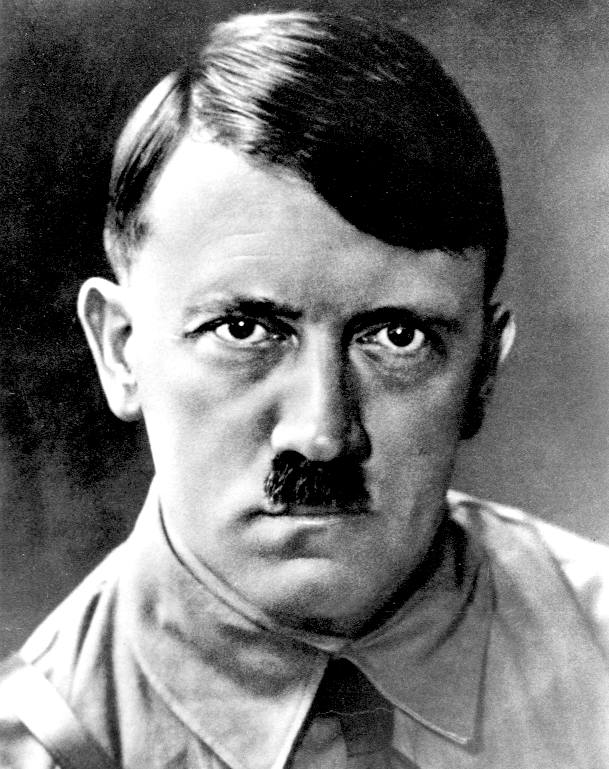
Adolf
Hitler
German
Chancellor
|
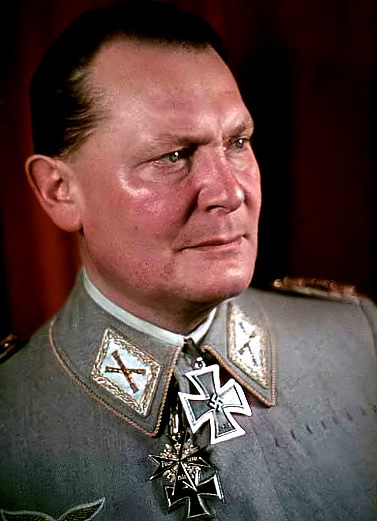
Herman
Goring
Reichsmarschall
Luftwaffe
|
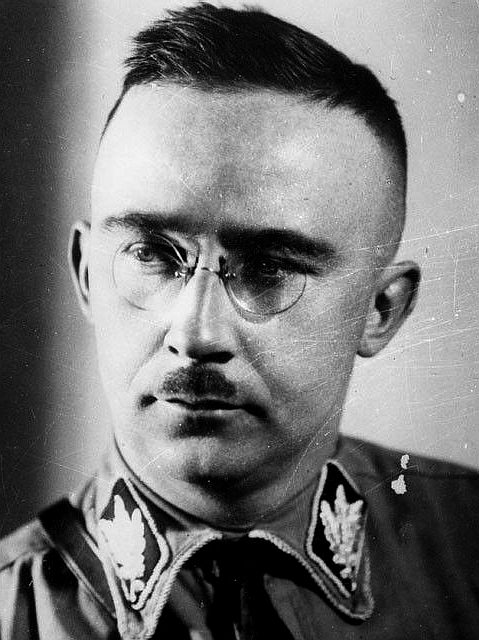
Heinrich
Himmler
Reichsführer Schutzstaffel
|
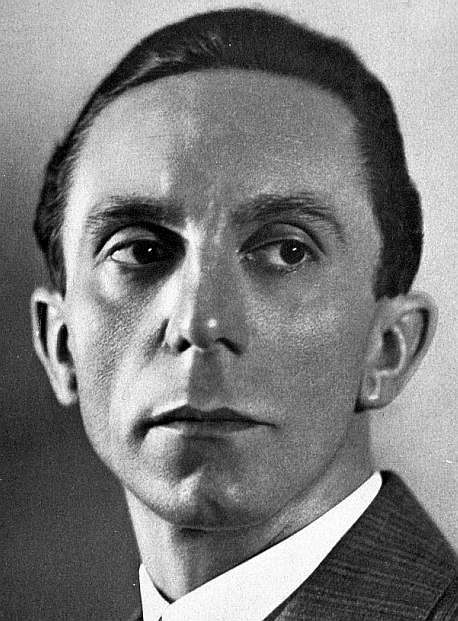
Joseph
Goebbels
Reich Minister Propaganda
|
|
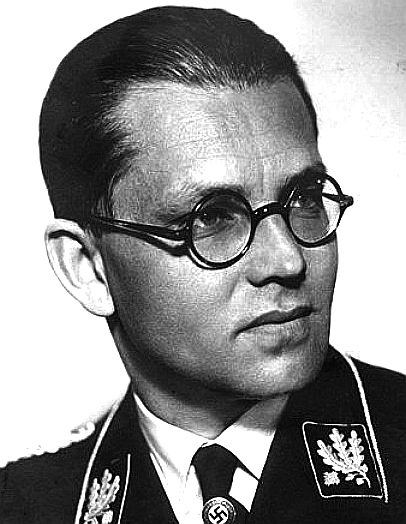
Philipp
Bouhler SS
NSDAP
Aktion T4
|
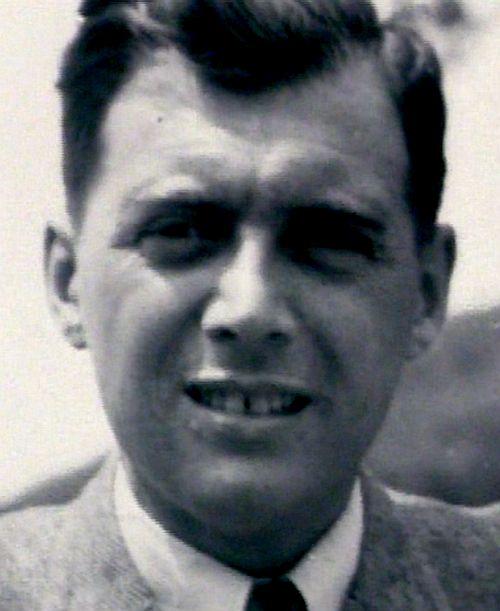
Dr
Josef Mengele
Physician
Auschwitz
|
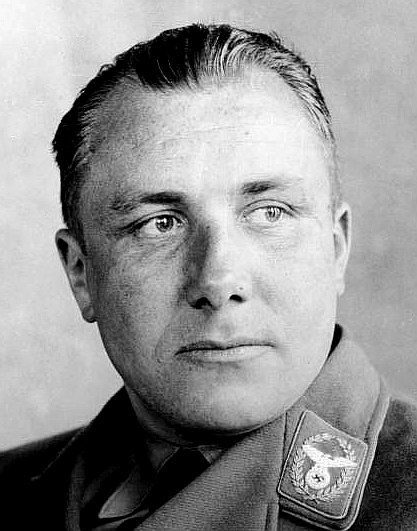
Martin
Borman
Schutzstaffel
|
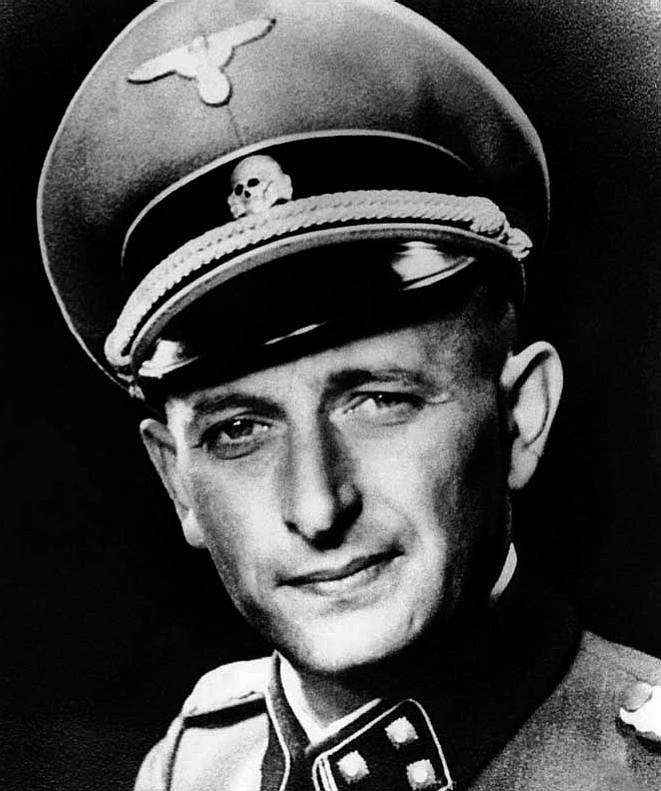
Adolph
Eichmann
Holocaust
Architect
|
|

Erwin
Rommel
The
Desert Fox
|
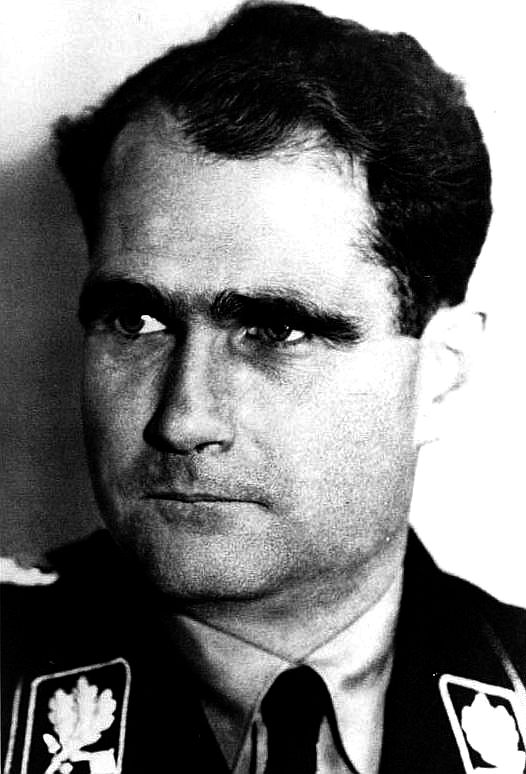
Rudolf
Hess
Auschwitz
Commandant
|
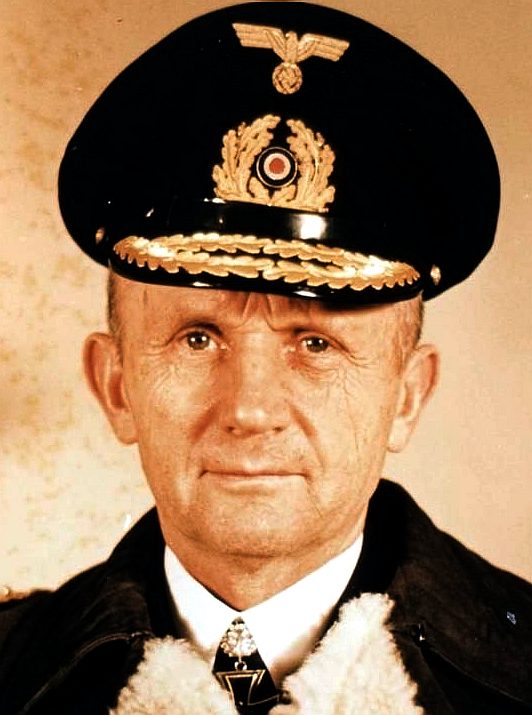
Karl
Donitz
Submarine
Commander
|
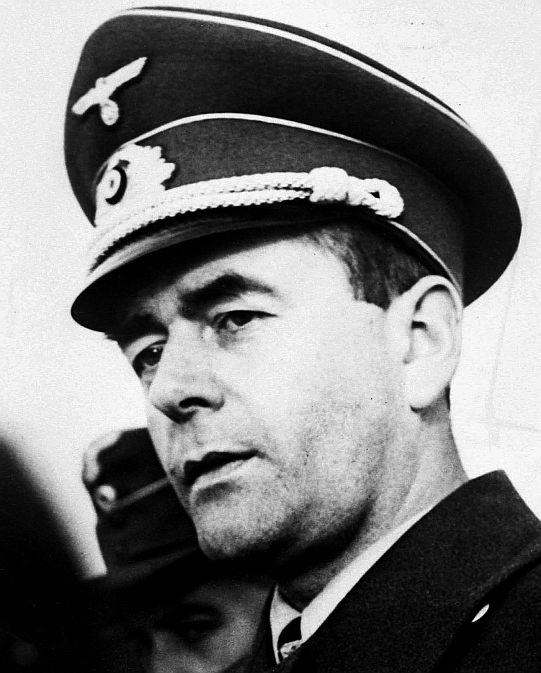
Albert
Speer
Nazi
Architect
|
A
- Z OF NAZI GERMANY

Good,
bad & evil A-Z
of humanity HOME
|













